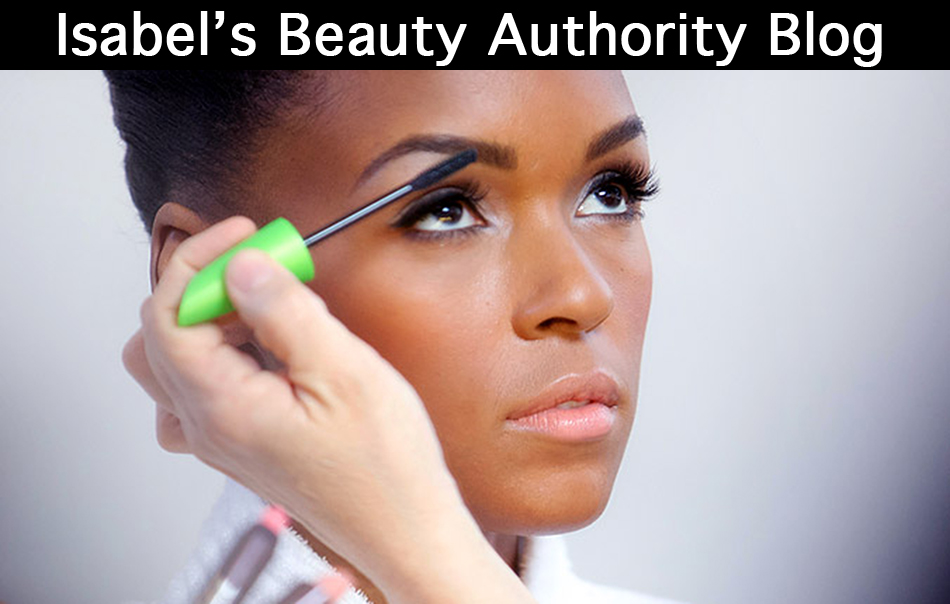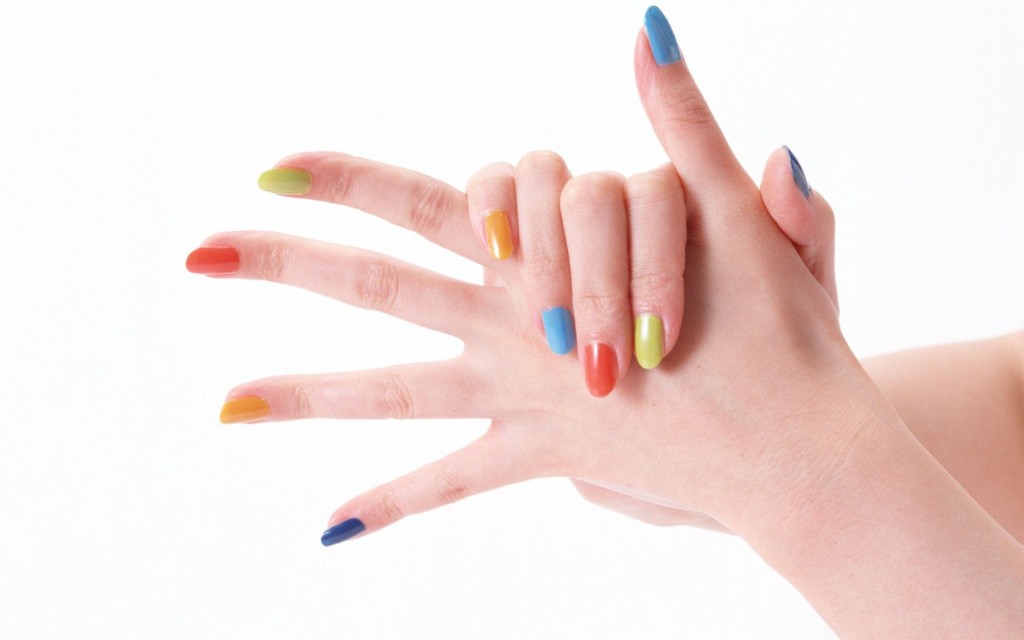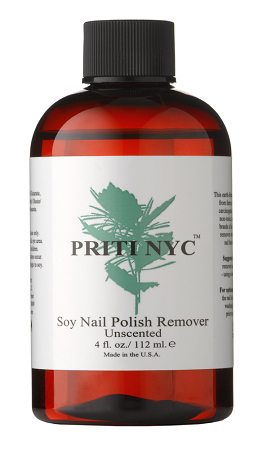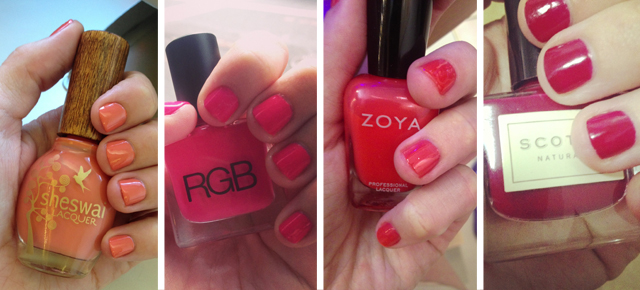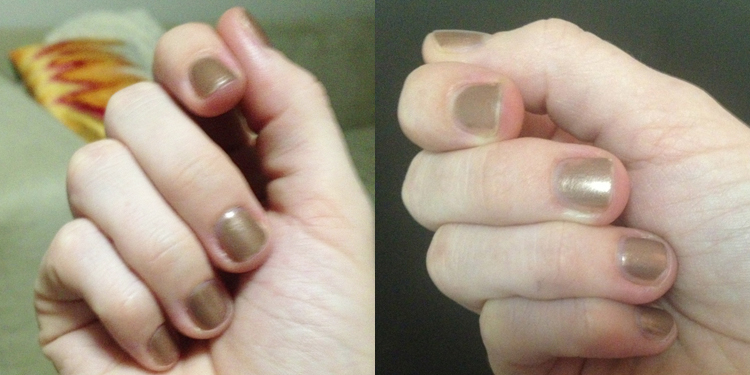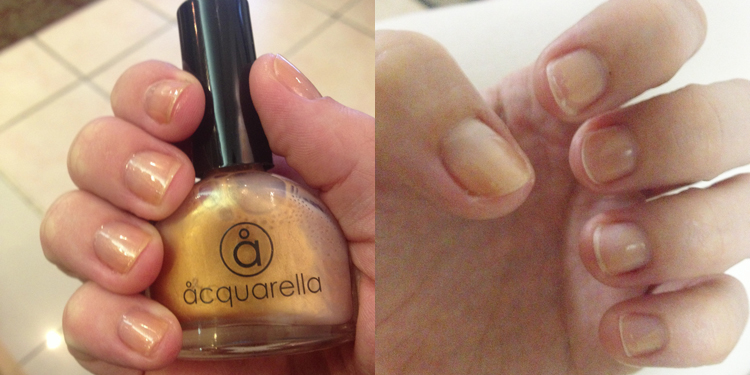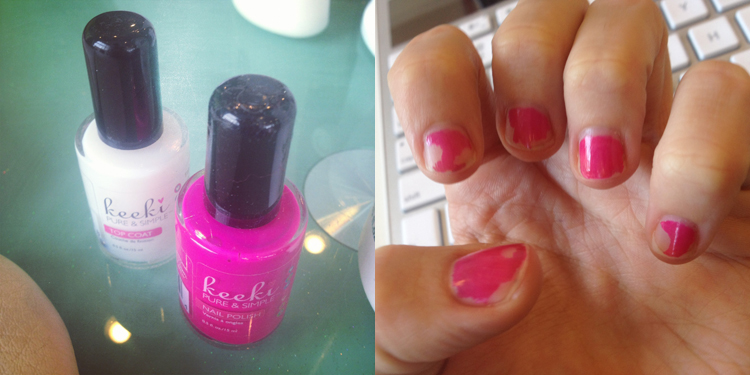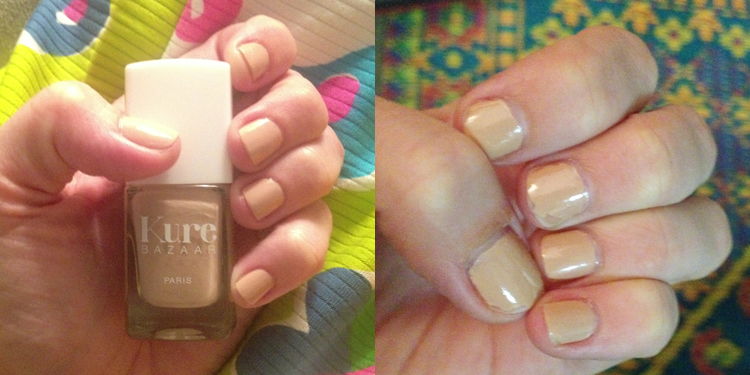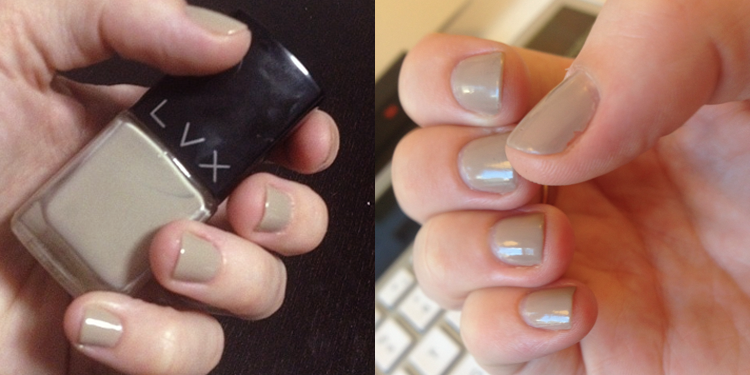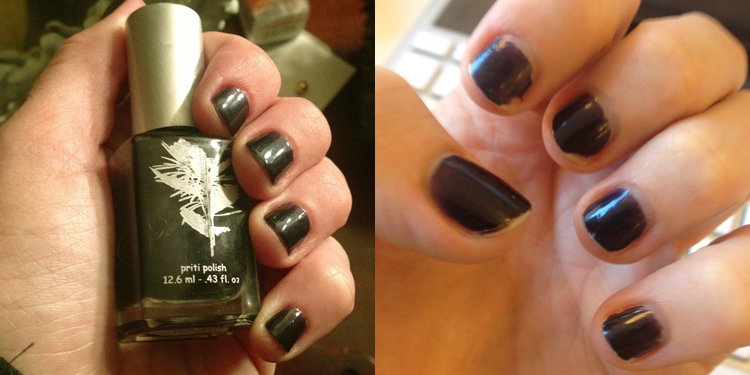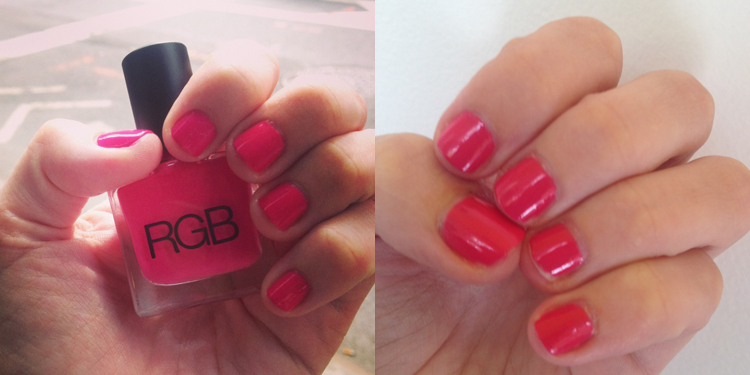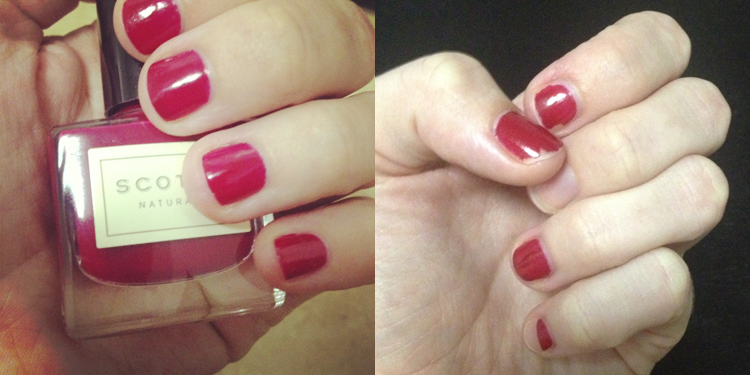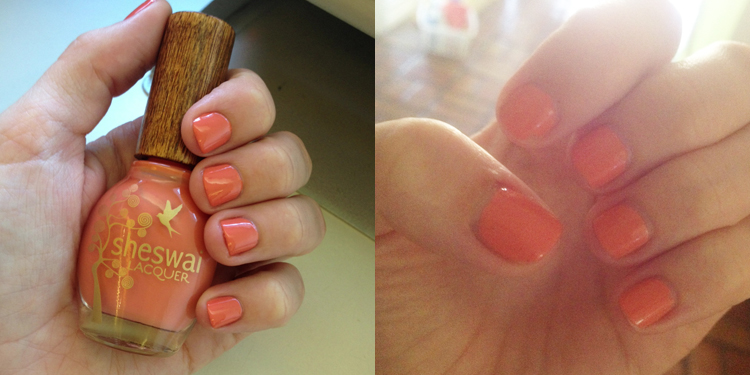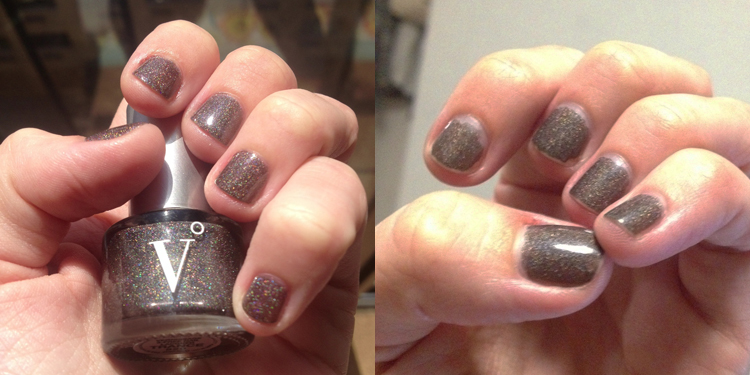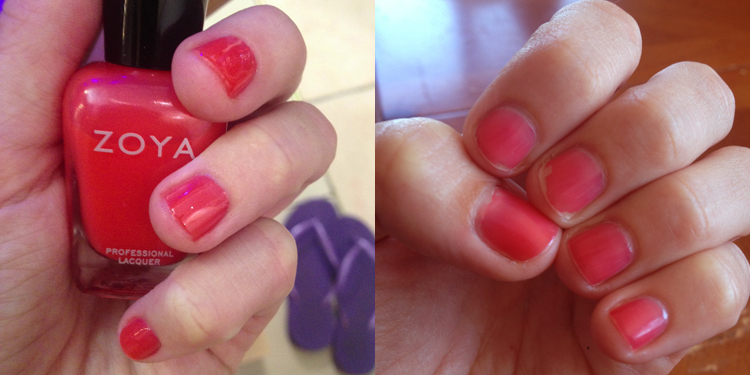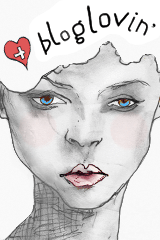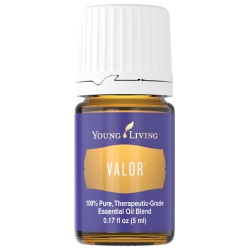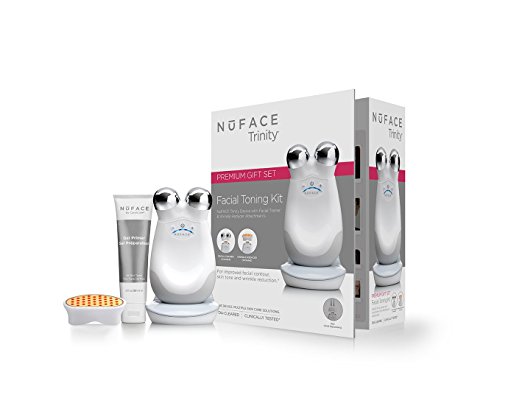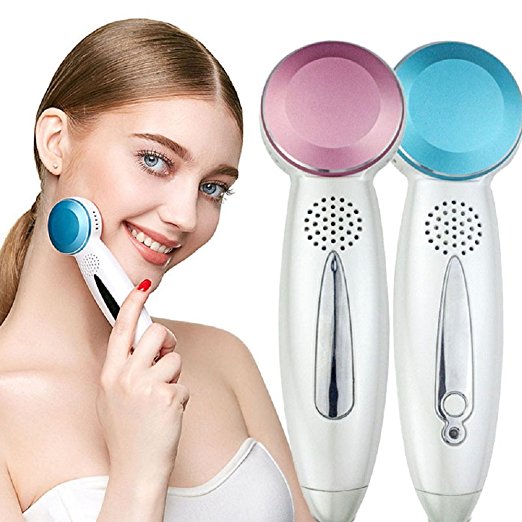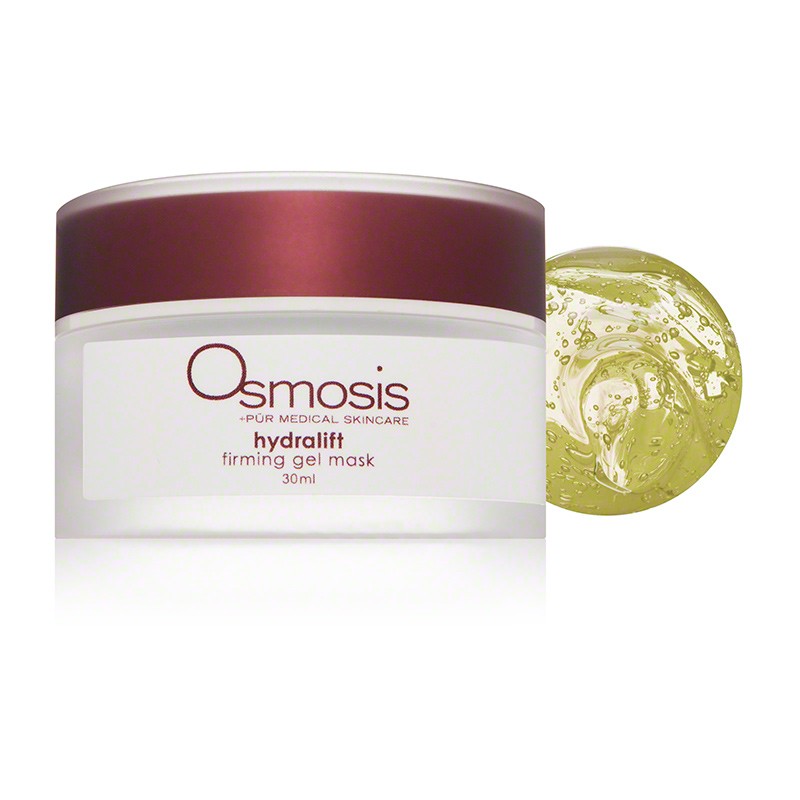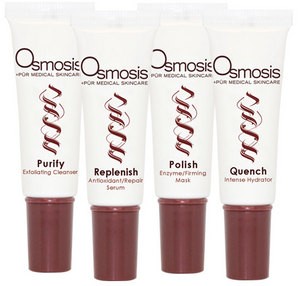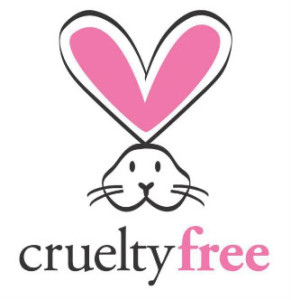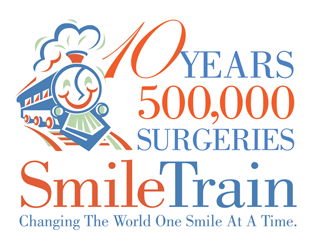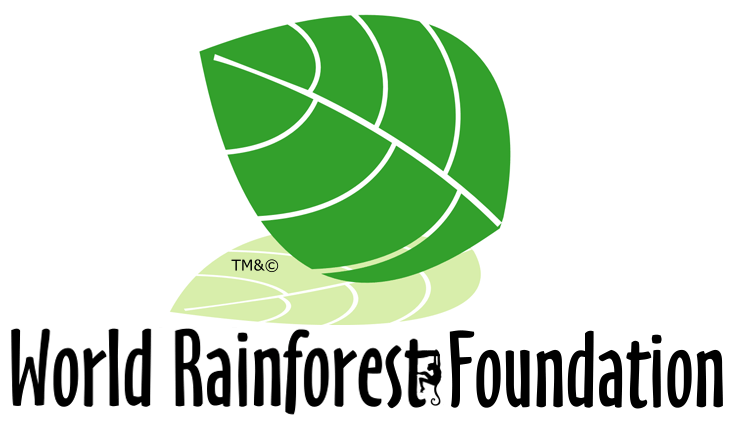According to Sarah Wilson at http://www.sarahwilson.com
1. know your nasties.
Maria Hannaford at Econest works for an environmental organisation researching the impact our food system has on the environment and our health. She says most brands promoting themselves as “safe” these days will list themselves as “3-free”. This means they’re free of the top three nasty ingredients listed below. She explains:
- Formaldehyde. It’s the stuff they use to preserve dead things. I should know, I worked in a lab for many years and let me tell you, there is a strict protocol around avoiding getting it on your skin or breathing in its fumes! It’s a known human carcinogen and can cause ear, nose, throat and skin irritations.
- Dibutyl Phthalate. It’s the most controversial of these ingredients; it’s a known reproductive and developmental toxin, and is linked to hormonal and long-term fertility problems in newborn males. It’s banned in the EU. [But is apparently safe enough for Australians? – Sarah]
- Toluene. A possible reproductive and developmental toxin that causes headaches, dizziness and fatigue. It can cause liver, kidney and brain damage, as well as damage to a developing foetus.
Irene Falcone is the creator of Nourished Life, a site specialising in selling eco-chic natural and organic beauty, children’s and home and lifestyle products. Irene also suggests you avoid nail polishes with parabens, phthalates, solvents (ethyl acetate and butyl acetate), nitrocellulose, acetone and heavy metals.
What to do?
- If this chemical info is all too much, simply look for “3-free” labelling PLUS ensure there’s no ethylacetate – a known neurotoxin and the worst of the additional nasties Irene lists – in the stuff. Many of the brands labelled as “3-free” still contain it.
- Find water-based polishes. These don’t give out fumes, are not flammable and you don’t need to use harsh removers. See below for recommended brands.
- When applying the polish, do it in a well-ventilated space or outside.
2. choose these brands.
Finding a 100% natural nail polish free from synthetic chemicals is impossible, it simply doesn’t exist. Thankfully there are a few brands that are free from all of the four must-avoid ingredients and are rated among the safest on the Environmental Working Group’s Skin Deep Database.
The experts’ favourites include:
- Acquarella (Australians: you can actually buy this off Gumtree)
- Honeybee Gardens
- Safe Nail Polish
- Suncoat
- Scotch Naturals. This is one of the safest on the market and comes in stacks of colours as well as a top and base coats. You can buy on Irene’s site.
* It’s worth nothing that none are made in Australia and are imported from overseas. Another reason to save them for special occasions.
* But what about Butter London, you ask? It’s in health stores. Yes, it’s “3-free”, but contains ethyl acetate. It’s good. But not ideal.
3. beware of polish removers.
Narelle Chenery is a scientist and creative director of Miessence. She says nail polish removers are just as bad as the polishes. They’re usually full of acetone, fragrances, methyl ethyl ketone, phthalates and toluene. Most of these cause significant damage to the human body, she says.
Maria adds: As far as nail polish removers go, all conventional types should be avoided due to the harsh ingredients, but also the potent fumes.
What to do?
The good news is that most natural water-based nail polishes can actually be removed without any nail polish remover (usually by soaking fingers in hot water and peeling/scraping polish off) and many of the natural polish brands have their own removers that are safe and toxin-free.
4. don’t do shellac.
Sabrina Jacquier Parr is founder of green beauty product site Flora Organica. She says: gel manis may look great, last for weeks and save you time and money on regular salon visits, but they make up for it by comprising your health. How so?
- To remove gel polish your nails are soaked in or wrapped in acetone. Acetone is a very drying chemical and will cause your nail to become brittle and peel after repeated use. Regular or high level exposure can also cause headaches, fatigue, stupor, light-headedness, dizziness, confusion, increased pulse rate, nausea, vomiting, and shortening of the menstrual cycle in women.
- As with acrylic nails, the surface of your nail is usually abraded or roughed with an emery board before gel polish is applied. This will weaken your nail and lead to breakage and the possibility of infection.
5. nail bars are not your friend.
The experts all agree: Don’t enter a nail salon. Just don’t. If you do go, at the very least make sure you sit next to an open window.
Sabrina says: Linda McSweeny, Journalist for the Medical Observer, describes visiting a nail salon as ‘chemical warfare’ and it does not take a science degree to know she is right. Nail salons reek of toxic chemicals because they are just that, toxic!” You can read more here. Chemicals (like those listed above) and other volatile organic compounds are used at such high levels that they can often cause headaches, irritations and breathing problems. Plus there are links to far longer reaching health issues such as cancer and reproductive issues.
What to do?
Some nail bars are going “3-free”. Ask your nail technician if they’ve switched to “3-free”. If all else fails take your own “3-free” colour with you.
6. if you’re pregnant, go naked.
With child? Then it’s safer for you and your baby to skip nail polish altogether.
Sabrina says: Pregnant woman should think twice before getting their nails done in a nail salon; at least one study has also shown that pregnant women who work or regularly visit nail salons may be putting their fetus’ brain development at risk due to the chemical solvents used.
Nicole Bijlsma is an accomplished naturopath, acupuncturist and building biologist. She adds: Pregnant women, asthmatics and children should all avoid nail polish and removers. Pregnant women – or more importantly the developing foetus – is uniquely susceptible to the hormone disrupting chemicals typically found in nail salons as they go through critical windows of development. This enhances their susceptibility to learning and behaviour disorders, reproductive problems later in life, and breast and testicular cancers. Remember with hormone disrupting chemicals the lower the level of exposure the better. For this reason, nail polish should be avoided in babies and children.
7. but kids can be in on the action…
Irene: For kids I love the newly launched Australian brand Pure Poppet. This non toxic water based range for little girls comes in 5 bright shades.
8. try some natural nail tricks instead.
Carla Oates has been researching and writing about natural beauty and health for the last ten years and is a great advocate for the organic industry. She says: You can easily rub a rich emollient in the form of a natural balm to a vegetable or nut oil into your nails to help strengthen them. Opt for unrefined oils as they retain their nutrient profile that infuse vital nutrients into the nail and the skin surrounding your nails. Soaking your nails in a silica-rich horsetail infusion may also help strengthen them. Silica can also be a great supplement to take internally for nail health. Oats are very high in silica too – but be sure to soak them before eating.
What to do:
Make your own healing nail oil, a recipe from Carla. It’s healing, strengthening and protective. Rich in omega 3,6 and 9, vitamin E and antioxidants.
nailing it oil
- 30ml sweet almond oil
- 20ml camellia seed oil
- 5 drops lemon essential oil
- 2 drops carrot seed essential oil
- 3 drops lavender essential oil
Mix oils together well and put into a 50ml dropper bottle. Massage a few drops into your nails and nail area.
9. dispose of your nail polish safely.
Maria says: Most Councils consider nail polish an environmental toxin and treat it just like paint (because it is!). They suggest you dispose of it through their Household Hazardous Waste programs.
10. know your nails just a little bit more.
I found this stuff interesting…it has little to do with nail polish, but I reckon you’ll want to know it anyway. Consider it an added bonus!
The colour of your nails can also give you insight into your health. If you’re intrigued, Carla’s shared a little rundown below:
- Yellow or white nails can indicate fungus infection.
- No colour can be a sign of anemia.
- Purple nails may reflect poor circulation.
- White spots on the nails often signify a zinc or calcium deficiency (which is interesting as most children I know with attention deficit issues sport many of these on their nails; a study showed that zinc deficiency is found in 66% of children with ADHD).
- Longditudal ridges on the nails can also be a sign of gut malapsorption and digestive issues.
- Soft, brittle nails may also be a sign that your body is not receiving enough nutrients.
- brown spots on the nails that are pitting may reflect a deficiency in vitamin C or folic acid.
- If the top of your nail is spooned it may signal low B12 and or iron.
- Nails that split easily can suggest a deficiency in minerals such as copper and magnesium and/or essential fatty acid deficiency.
According to Ecocult at http://ecocult.com
It happens all the time when you’re trying to be non-toxic. You throw out your evil, no-good, terrible product, and realize your non-toxic replacement is just not as good.
Laundry detergent that doesn’t quite clean as well, eyeliner that barely lines, deodorant that leaves you odorous–they all exists. Good replacements can be found, but you have to do some searching.
(PS. Did you find this review helpful? Get even more sustainable living tips and top-secret info by signing up for EcoCult’s newsletter! EcoCult Everywhere each Tuesday, and EcoCult NYC on Fridays.)
Nail polish is no exception. Many of the ones you know and love–Cover Girl, Orly, Sally Hansen (including the nail polish strips), L’Oreal, Sephora, Maybelline, Wet n’ Wild, Ulta, and O.P.I.–have toxins like dibutyl phthalate, formaldehyde resin, benzophenone, propyl paraben, oxybenzone. You can click on those links to get a list of their ingredients. (Hint: Orly is the worst. Stay far away!) Some lesser-known polishes that claim to be 3-free are even lying, as a 2011 California report found.
Formaldehyde, dibutyl phthalate (DBP), and toluene are the dirty three everyone always talks about, but now new brands of nail polishes have hit the shelves claiming to be 5-free. That includes jettisoning formaldehyde resin and camphor as well. So they are squeaky clean!
Well + Good did a nice roundup of 5-free nail polishes. And Scotch and Priti seem to be dominating the media coverage … but do they work?
I decided to try out as many nail polishes that are cited as natural and non-toxic alternatives as I could find. I took each brand to the nail salon, topped it with the same Beautiful Life topcoat, and wore it for one week before photographing the results. Here’s what I found:
A Beautiful Life
A Beautiful Life, which makes a broad line of beauty products in New Jersey, leaves something to be desired in the packaging area, and the colors are just OK. Plus, I couldn’t find anything about its ingredients, beyond the assurance that it didn’t have “any nasty chemicals.” It held up better than some of the alternatives, but didn’t wow me.
Conclusion: Not quite as good as a conventional nail polish, but not embarrassing, either.
Acquarella
This put the “water” in water-based. The golden color looked washed out after I got a few coats on my nails, and within days it was peeling. Plus, let me get real with you, I bite my nails. And I need an actual barrier between my teeth and nails to dissuade me. I ripped my nails to shreds while wearing this.
Conclusion: This gives non-toxic beauty products a bad name.
Keeki
Keeki is as cutesy and natural as they get, with young colors and only five ingredients, one of them being water. Unfortunately, it reminded me of the Barbie “nail polish” I had when I was six. Barbie nail polish was fun, because you would paint it on, wait a couple minutes for it to dry, and then peel it right back off.
Conclusion: Skip it.
Kure Bazaar
Kure Bazaar arrives from Paris in a conventional bottle. The brand has many ladylike colors to choose from, and went on nicely. Malheureusement, it started chipping by week’s end.
Conclusion: Not a disaster, but not worth sending for, either. Quelle domage.
This luxe looking nail polish claims to be vegan and 5-free. And after wearing it for two whole weeks, I was actually skeptical of this claim. How could a non-toxic nail polish last this long? I immediately bought several more colors.
Conclusion: Definitely a favorite.
Priti
Another darling of the toxin-free set, Priti is the most well-recognized non-toxic and cruelty-free nail polish brand. The only questionable ingredient is butyl acetate. Unfortunately, it’s also a chipper.
Conclusion: Don’t believe the hype.
RGB
Not to be confused with the non-toxic beauty brand RMS, RGB has a full line of saturated, traditional and edgy colors to choose from, all 5-free. It went on nicely, and lasted pretty well throughout the week.
Conclusion: Worth your money–go crazy and buy a few colors!
Everyone is in love with Scotch Naturals. The packaging is beautiful, the colors seductive. The selling point, however, is that it is water based, 3-free, plus free of ethyl acetate, butyl acetate, nitrocellulose, acetone, and heavy metals. (This is all from the website, Scotch isn’t listed on Good Guide.) And unlike other brands, Scotch is focused just on nail polish. It’s all over Pinterest and inside Whole Living Magazine. But when I put it on? Oy, more Barbie nail polish.
UPDATE: You have to use the Scotch base coat in order for it to perform like it should. Or so a beauty professional told me.
Conclusion: Beautiful in the bottle, a big mistake out of it. SEE UPDATE ABOVE.
Out of all the nail polishes, Sheswai had the most beautiful and classy packaging, with its pretty shape and logo, and screw-top made from sustainably harvested wood and assembled by Willing Workers, a non-profit organization that provides job opportunities to adults with developmental disabilities. The products are not tested on animals and are made in the USA. Sheswai donates a portion of its profits to sustainable organizations like Nature Conservancy, World Wildlife Foundation, and Heal the Bay, among others. The formula is free of formaldehyde, toluene and DBPs, though they make a point to state that, “sheswai lacquer is NOT “all natural, non toxic, or organic.” If it were, it just wouldn’t be nail polish.” The lacquer is just as beautiful as the bottle, going on glossy and thick with two coats. And it stayed that way for a week, easily.
Conclusion: This brand’s attention to detail and performance makes it very much worth buying, to use and to display on your vanity. A favorite!
Vapour
I like that Vapour nail polish comes in this cute, itty-bitty bottle. Who uses the entire bottle of nail polish, ever? This bottle is free of toluene, dibutyl phthalate (DHB), and formaldehyde. But you can also get the normal sized, 5-free bottle, though I can’t vouch for its effectiveness. What I can say is that the glittery, 3-free vernissage stayed put wonderfully all week.
Conclusion: It’s just begging you to get five of the mini bottles and bring them on your next vacation.
Zoya is the brand of nail polish you’ll find most often in professional, non-toxic nail salons like Sweet Lily Nail Spa and Deva Spa. It’s been awarded as the longest wearing natural nail polish by an independent panel in Women’s Health Magazine, and is free of toluene, formaldehyde, DBP (phthalates) and camphor. There are over 300 gorgeous nail polish colors to choose from, so good luck choosing a favorite. It went in shiny, smooth and at medium thickness. It held up fine over the next week, though some other options do a little better.
Conclusion: A good choice if you’re at the nail salon, and worth the money.
(PS. Did you find this review helpful? Get even more sustainable living tips and top-secret info by signing up for EcoCult’s newsletter! EcoCult Everywhere each Tuesday, and EcoCult NYC on Fridays.)
